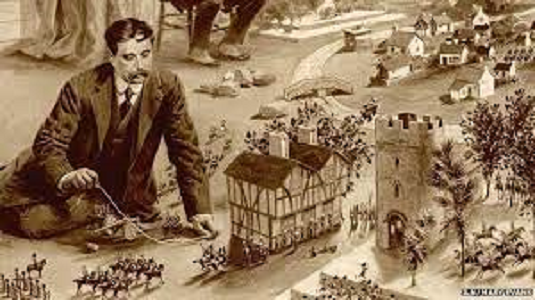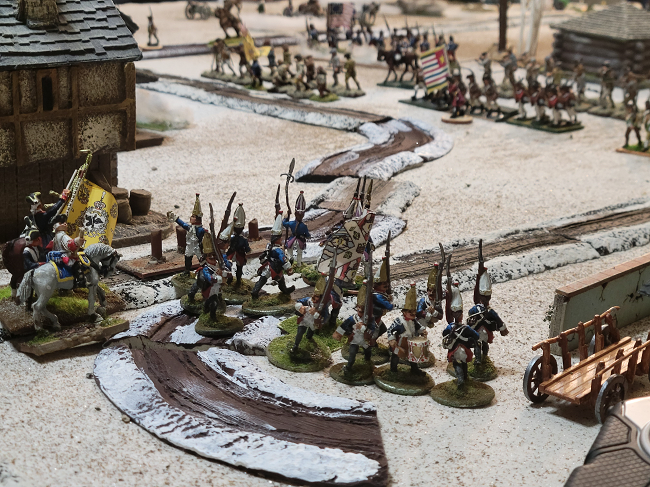H.G. Wells is directly connected to a form of wargaming through his involvement with a game called “Little Wars.”
In 1913, H.G. Wells published a book titled “Little Wars: A Game for Boys from Twelve Years of Age to One Hundred and Fifty and for That More Intelligent Sort of Girl Who Likes Boys’ Games and Books.” In this book, Wells presented a set of rules for a tabletop wargame that simulated battles between toy soldiers. “Little Wars” was one of the earliest examples of a published rule book for a miniature wargame.
Wells designed “Little Wars” as a recreational activity that allowed players to engage in strategic battles with miniature soldiers and artillery. The rules included guidelines for movement, combat, and even the use of projectiles. The game aimed to provide an entertaining and educational experience, fostering creativity and strategic thinking.

H.G. Wells was an avid proponent of the game and wrote passionately about its virtues. He believed that playing “Little Wars” could cultivate valuable skills such as spatial awareness, problem-solving, and an understanding of military tactics. Wells also emphasized the importance of fair play and good sportsmanship.
While “Little Wars” did not have a lasting impact on the development of wargaming as a hobby, it is regarded as an influential precursor to modern tabletop wargames. The principles and concepts introduced in Wells’ book laid the foundation for the development of more complex and sophisticated games in the following decades.




